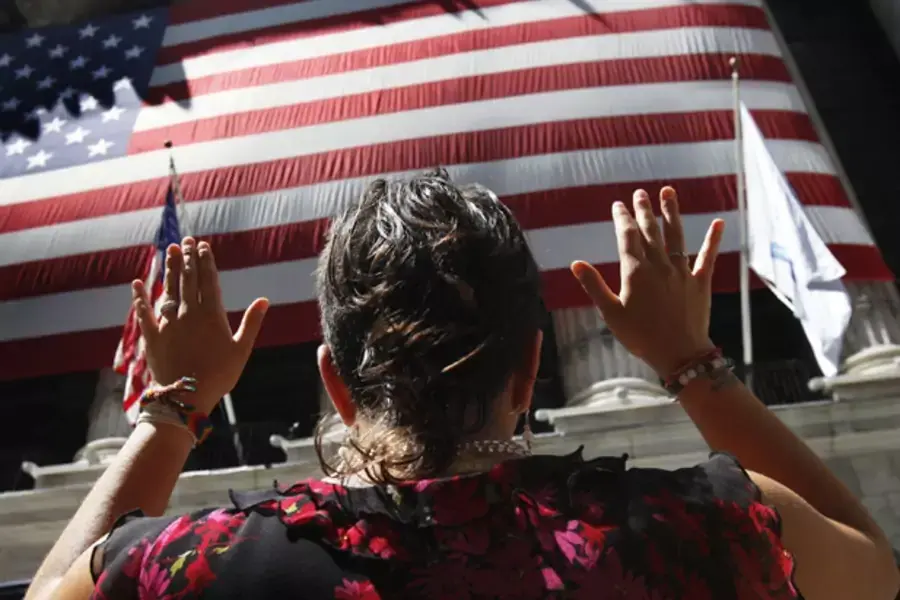Guest Post: Lessons from Abroad for U.S. Education

More on:
The following guest post was written by Curtis Valentine, a CFR Term Member and a 2013-2014 International Affairs Fellow (IAF). Curtis will be posted to the U.S. Department of Education's Office of International Affairs as a Resident Fellow for a portion of his IAF.
The first step in addressing a problem, goes the popular adage, is admitting you have one. Now more than ever—with the federal government shutdown—the United States could use a dose of that advice.
Long accustomed to resting on its laurels as among the best on a host of demographic and social indicators, from equality to education to health, the United States has seen itself as the example of success with little need to look abroad for lessons learned. But the U.S. ranking in those basic indicators has fallen precipitously, so that the United States is middling at best compared with other advanced economies. It is high time the United States begins to understand how other countries are succeeding where America is failing, and implement their best practices. Policymakers should be asking themselves: What are other countries doing right, and how can we learn from them?
The global marketplace of ideas now makes it easier to locate and analyze best practices. Though the distinction between what ideas are uniquely American and what ideas originate outside U.S. borders is less clear than in previous generations, some of the most innovative policy ideas have originated abroad.
Education provides some excellent examples. The United States should look to Canada, our demographically and culturally similar cousin. Canada implemented big education reforms in Alberta and Ontario that included active participation from both education reformers and trade unions—two groups U.S. policymakers have yet to unite. In their effort to improve their education system, Ontario Premier Dalton McGuinty employed Ben Levin, an expert in British education, as Deputy Education Minister. Under McGuinty’s leadership, Ontario implemented win-win policies for teachers and parents like reducing class sizes while also creating 5,000 new jobs. Another successful policy change included additional teacher preparation time for math and reading teachers and more student time in art or foreign languages. These policy reforms have contributed to Canada’s impressive gains in PISA exam scores, the gold standard for international comparisons of math, science, and reading.
Fortunately, the U.S. Department of Education is working hard to study international best practices abroad. The Education Department’s Office of International Affairs was created to ensure “international benchmarking and applying lessons learned from other countries.” The office director travels 40 percent of the time to identify international best practices in public education.
The recent adoption of Common Core State Standards, though controversial, is one example of how the United States has replicated an international best practice in education. Countries like Finland and Poland, both viewed as shining examples of how to improve educational outcomes for all with less money, implemented both common standards and a common curriculum prior to their recent dramatic improvements on the PISA exam.
The United States is no longer first in the world in education and opportunity, but it could be again if it admits that some of the best policy solutions lie outside its borders. The private sector has done a great job of leveraging international best practices to compete; it’s time the federal government did the same in order to compete with the fast-pace of social reforms happening around the world.
More on:
 Online Store
Online Store